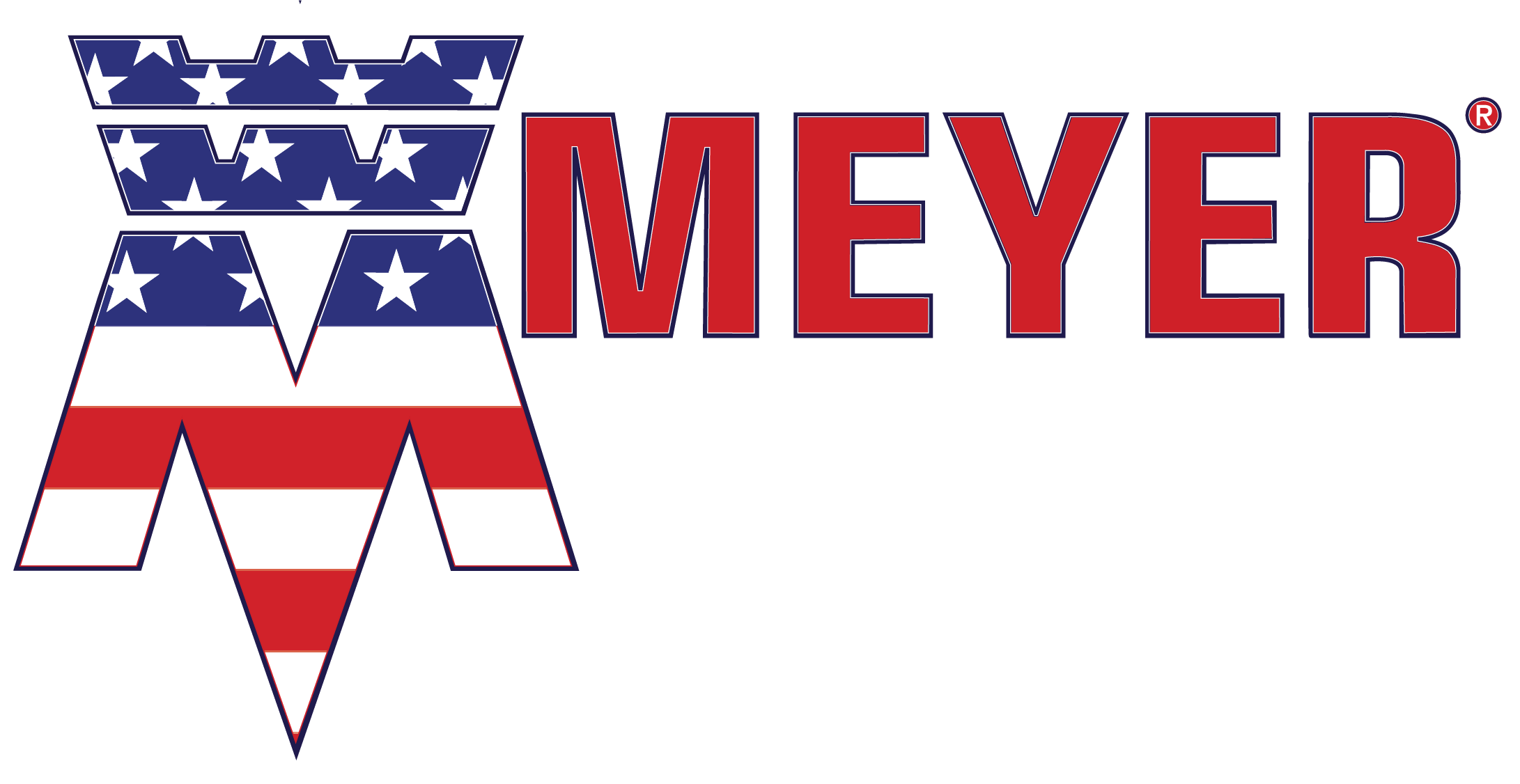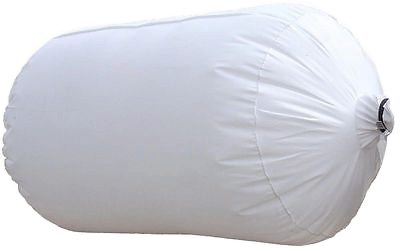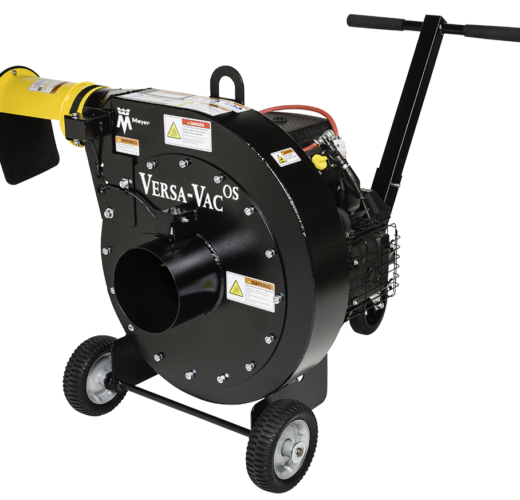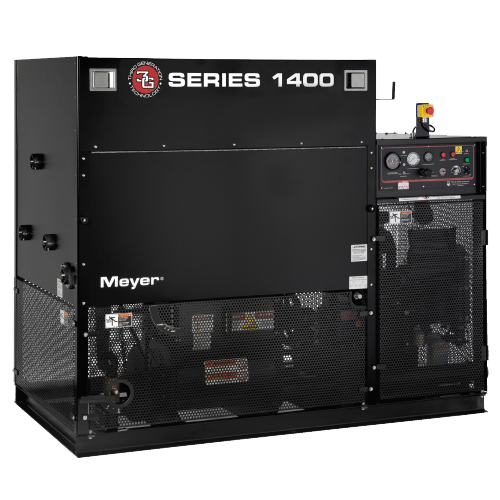Tax season can be both a daunting and opportunistic time for businesses, especially for those looking to invest in equipment and grow their operations. Fortunately, Section 179 of the Internal Revenue Code offers a significant advantage for businesses investing in assets like duct cleaning equipment. This provision allows businesses to deduct the full purchase price of qualifying equipment from their gross income. In this blog, we’ll delve into how Section 179 can benefit businesses investing in duct cleaning equipment and why now might be the perfect time to make that investment. All Meyer &Sons Duct Cleaning Equipment would be applicable to Section 179 tax relief.
Understanding Section 179:
Section 179 is a tax deduction that allows businesses to deduct the full purchase price of qualifying equipment purchased or financed during the tax year. Traditionally, businesses would depreciate the cost of such equipment over several years, but Section 179 accelerates this process, providing immediate tax relief.
Benefits of Section 179 for Duct Cleaning Equipment:
Duct cleaning equipment is crucial for maintaining air quality, especially in commercial and industrial settings. Investing in high-quality duct cleaning equipment not only ensures a healthier environment but also contributes to energy efficiency and compliance with industry regulations. Here’s how Section 179 can amplify the benefits of investing in duct cleaning equipment:
Immediate Tax Savings: Instead of depreciating the cost of duct cleaning equipment over several years, businesses can deduct the full purchase price (up to the specified limit) in the current tax year. This can result in substantial tax savings, effectively reducing the net cost of the equipment.
Cash Flow Management: By deducting the full cost of duct cleaning equipment upfront, businesses can improve their cash flow position. This means more available capital for day-to-day operations, expansion initiatives, or further investments in the business.
Upgrade to Efficient Equipment: Section 179 incentivizes businesses to invest in newer, more efficient duct cleaning equipment. Upgrading to modern equipment not only enhances performance and productivity but also lowers operating costs over time, leading to additional savings beyond tax benefits.
Stay Competitive: In competitive industries where air quality and cleanliness are paramount, having state-of-the-art duct cleaning equipment can be a significant differentiator. Leveraging Section 179 to invest in top-notch equipment enables businesses to stay ahead of the competition and meet the evolving needs of customers.
Compliance and Liability Reduction: Outdated duct cleaning equipment may not meet current regulatory standards, potentially exposing businesses to compliance issues and liabilities. By utilizing Section 179 to upgrade equipment, businesses can ensure compliance with regulations and mitigate the risk of fines or penalties.
It’s essential to note that Section 179 comes with certain limitations and deadlines. While the deduction limit and eligibility criteria can vary from year to year, businesses must make qualifying equipment purchases and put them into service within the same tax year to claim the deduction. Therefore, businesses planning to take advantage of Section 179 should act promptly to maximize their tax savings.
For businesses in need of duct cleaning equipment, leveraging Section 179 can be a game-changer. Not only does it provide immediate tax savings, but it also fosters efficiency, competitiveness, and compliance. By investing in high-quality duct cleaning equipment and taking advantage of Section 179, businesses can enhance their operations while minimizing their tax liability. As tax season approaches, now is the perfect time to explore the benefits of Section 179 and make strategic investments in duct cleaning equipment.






